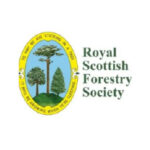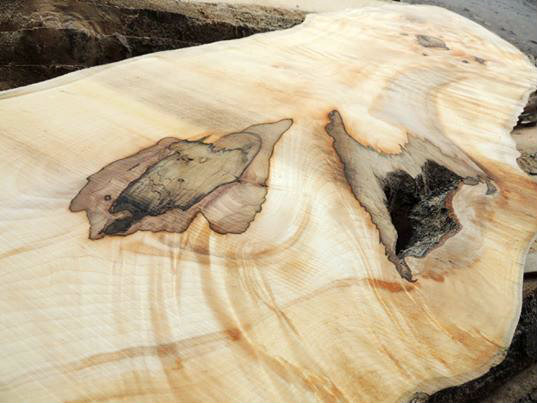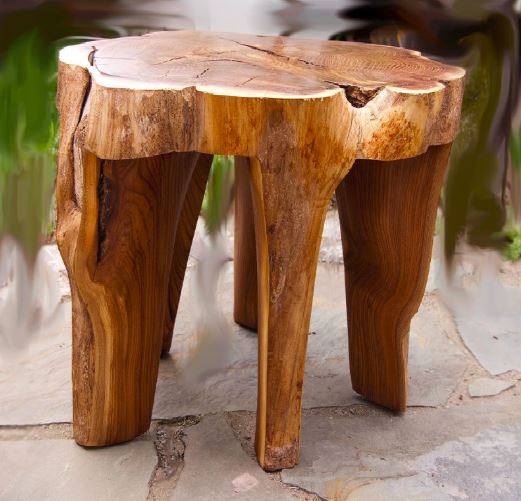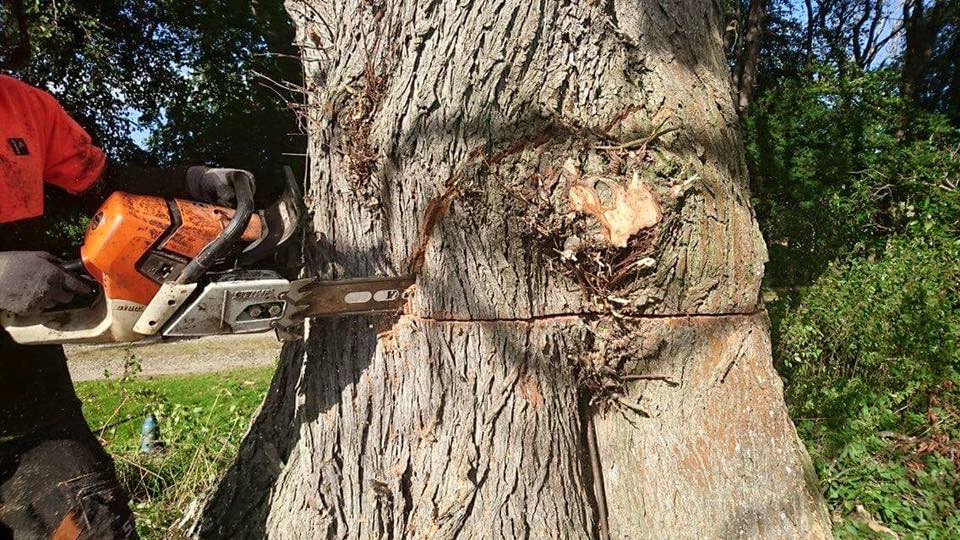How to Prevent Ground Heave When Removing a Tree
May 30, 2024
Today’s blog post is all about how to prevent ground heave when removing a tree. Ground heave can be an issue when removing mature trees in preparation for new property developments and when trees growing close to existing buildings are felled. The problem is, that once a tree is removed, the soil where it stood will retain more water and may begin to swell, disturbing building foundations in the process. These disturbances usually result in the formation of vertical cracks in walls and can cause severe structural damage if not dealt with promptly. As with most construction industry issues, prevention of ground heave is better than cure. It is for this reason we have decided to focus on the best preventative measures you can take.
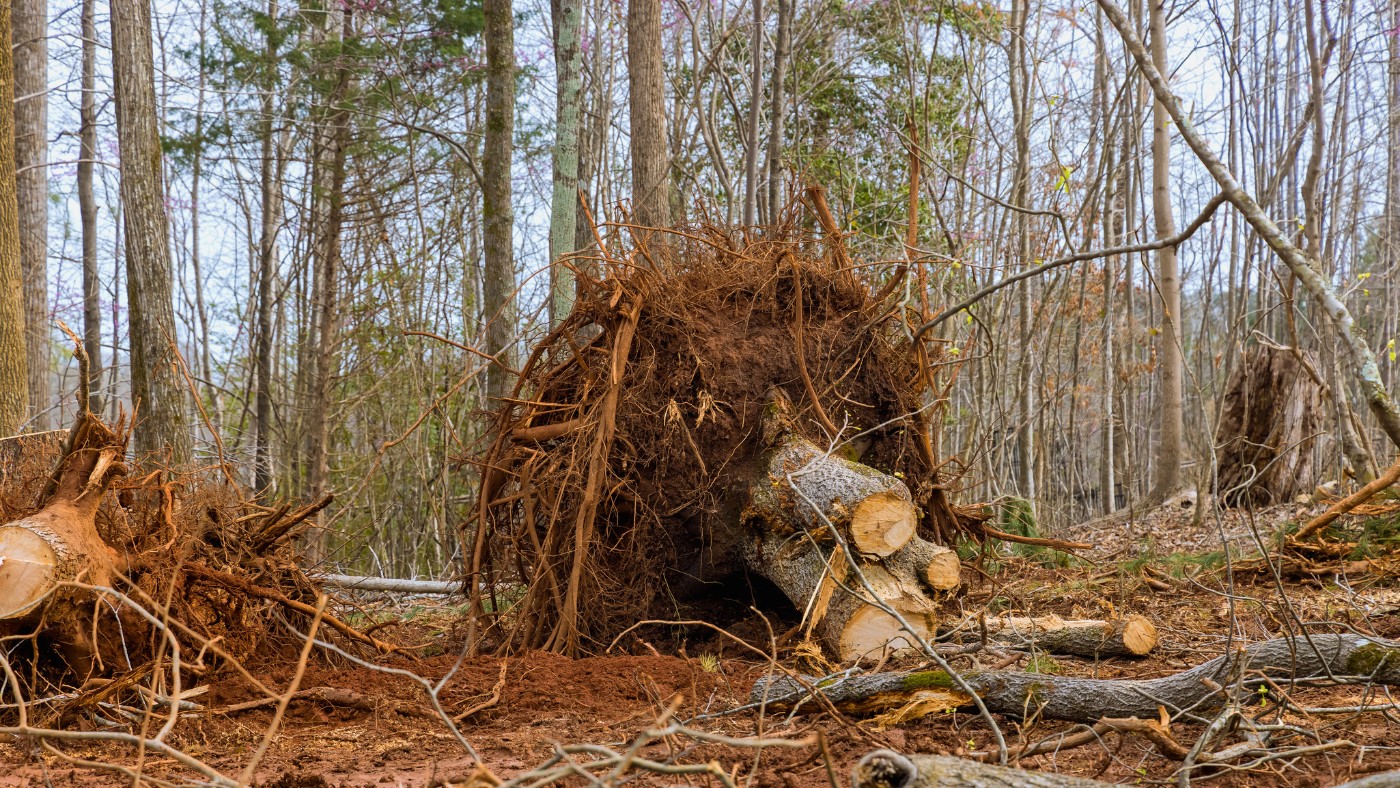
Measures to Prevent Ground Heave After Removing a Tree
The following measures can be taken to prevent ground heave on new developments although not all of them will be practical in all situations so you will need to use your judgement in each case:
- Perform a Soil Analysis – You can determine whether ground heave is likely to be a problem by performing a soil analysis. The results of the analysis will tell you everything you need to know about the consistency of the local soil and whether water retention is likely to be an issue.
- Commission a Tree Survey – With a tree survey performed by professional arborists, you can establish the position of the root protection areas of mature specimens. These areas can then be avoided when deciding on the location of new buildings.
- Improve Drainage – By improving drainage, you can reduce the odds of excess water causing ground heave. However, not all sites have the same potential for improvement so this may only be an effective solution in certain cases.
- Don’t Plant Trees Close to Building Foundations – When landscaping a new property development, don’t plant trees close to building lines or if you have to, use trees that will remain relatively small.
With one exception, the above measures will be of no use to people wanting to remove a tree that is growing close to an existing building. If this is the situation you’re currently faced with, you may like to try one or more of the measures listed below:
- Survey and Fix Drainage Pipes – Broken pipes will exacerbate ground heave and may even be responsible for the condition so be sure to check (and fix if necessary) all drainage pipes before proceeding with your felling plans.
- Consider Pumping Water Out of the Soil – If no other measures can be taken, you may wish to consider pumping excess water out of the soil until the situation resolves itself naturally.
- Think About Pruning Rather Than Felling – You may be able to prune a problem tree instead of felling it.
If you are planning the felling of trees in Northeast Scotland and you would like professional assistance to minimise the chances of ground heave, please don’t hesitate to get in touch with us.
Telephone Number
Location
Craigenseat Farm, Crossroads, Keith, AB55 6LQ, United Kingdom
More from Epic Tree Care
Check our library of articles regularly, as we’re constantly growing our knowledgebase.

